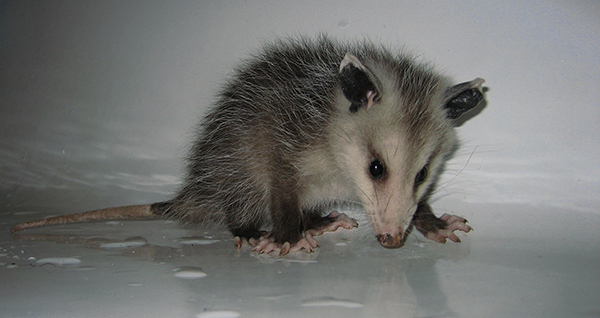- info@wildlifeanimalcontrol.com
Call us for help in your town
Wildlife Control Education
Can baby wild animals be cute?
This is a universal truth: humans find the baby animals to be cuter and more pleasing to the eyes than the grown animals. This is because of the big eyes that they have and in a way we feel drawn to them and with smiley faces and lots of affection. They have fluffy faces and cute noses. They have infantile features that are just cute.

The cuteness of the baby wild animals is a kind of advantage. This is due to the fact that the babies have to face so many challenges in the wild.
What makes the infant animals so appealing to us?
The whole idea of adults being attracted to infants was first formalized back in the year 1943 by Conrad Lorenz, an ethnologist. He studied anima behavior and was seeking an answer as to why so many babies in many species appear so cute.
Even the babies of animals that are so dangerous are also endearing. There are scientific journals where when adult humans actually show a wide range of emotions that are positive and this includes endearment when they see human baby’s pictures. When they see the pictures, aggression drops and they actually act in a more tender way and they feel the need to protect and take care of the infants. These are the feelings that actually give them the ability to parent the babies and the survival of the off springs.
Empathy for the animals
There has even subjective research that actually includes reactions to young animal’s pictures. Baby animals that are stuffed are very popular and so are cartoons of characters that are baby animals. According to research, picture of the infant animals are seen to be cuter that the older ones.
Humans feel a very significant amount of empathy that is directed towards the baby animals. Women have also been seen to react more positively to the cute animals and also human babies. The reasons are not so clear but there are some theories.
Humans find the baby animals so cute die to the fact that they find their own babies cute too. They have similar physical characteristics like the large eyes, small body, and a small face and so on.
The other is empathy for the baby animals.
Go back to the How to get rid of wildlife home page.
Read more educational articles that I wrote. Learn all about exclusion barriers and if it is safe to handle a bare animal with bare hands. Find out the best bait to trap a wild animal, and the different causes of bad odor in a house. Read how to deterine if there are baby wild animals in the attic, and if you should feed a baby wild animal you found. I can let you know if a wild animal in the attic will have a nest of babies, and if repellents will get a rodent out of the attic. Read everything you need to know about Removing wild animals in the attic and specifically how to get rodents out of the attic. Find out if a rodent in the attic will have a nest of babies, what animals like to live in attics, and if animals in the attic will damage insulation. Learn how to find out if you have a wild animal in your attic, if wild animals make good pets, if moth balls or ammonia repel wild animals, how to get animals out of the chimney, and everything you need to know about the green anole.
Need animal removal in your hometown? We service over 500 USA locations! Click here to hire us in your town and check prices - updated for year 2020.

















